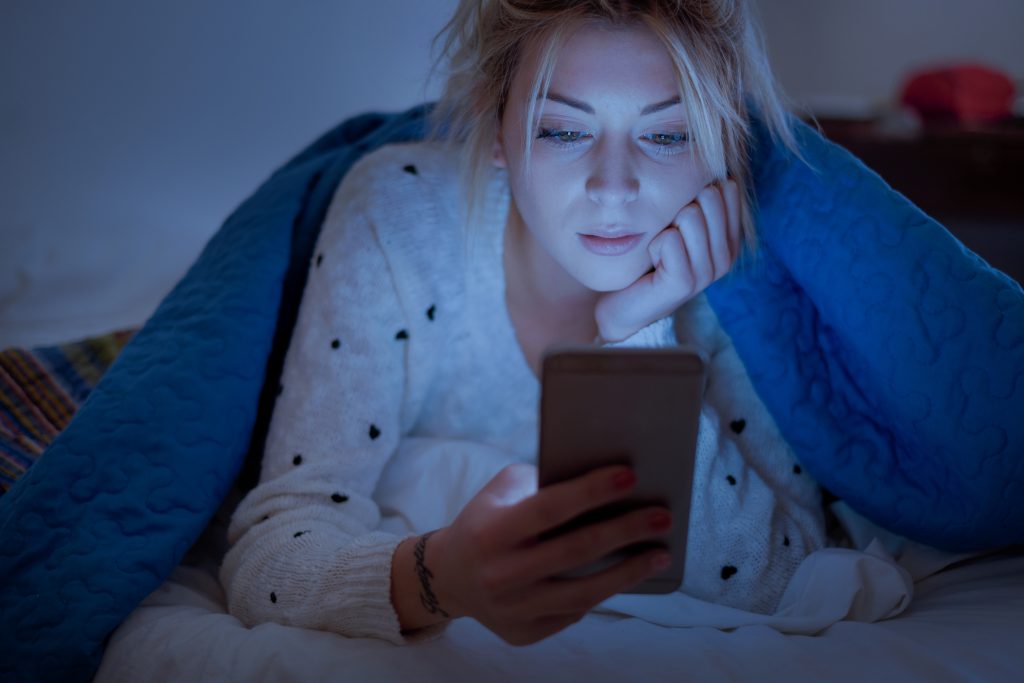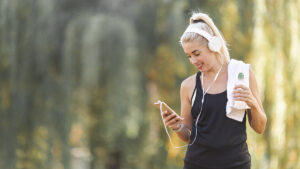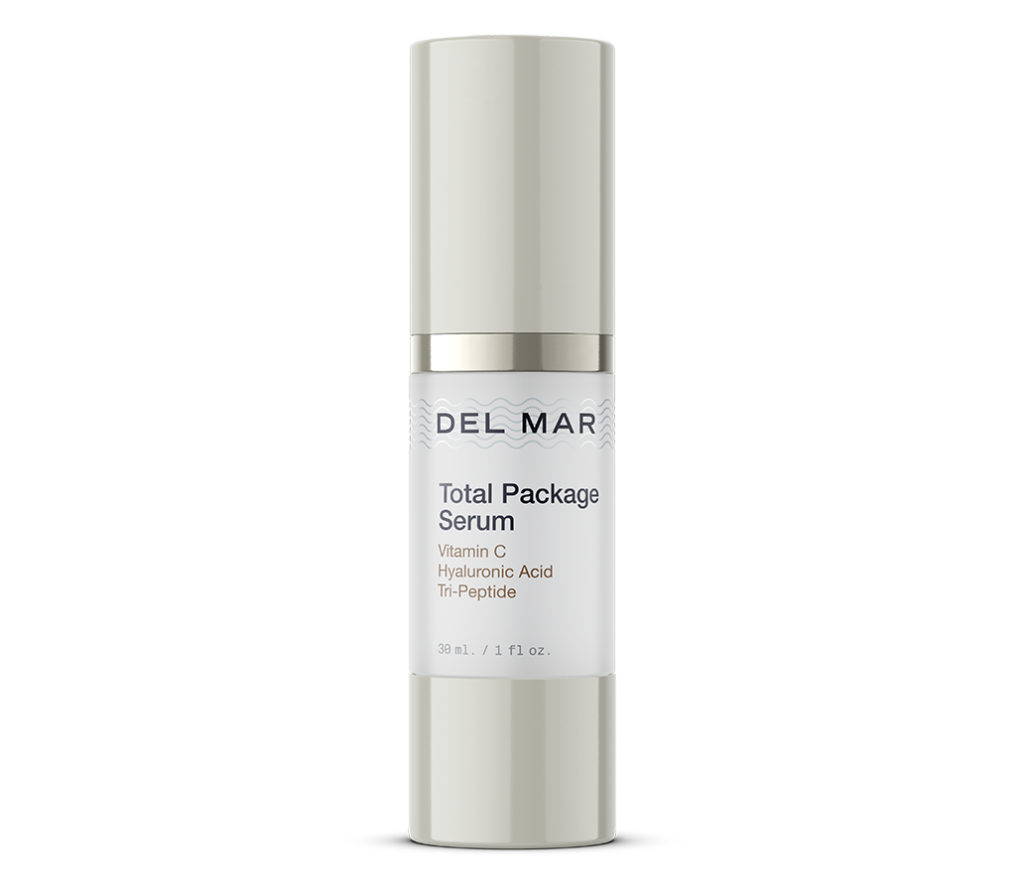Light plays a huge role in the natural sleep-wake cycle of nearly all animals, including humans. In fact, our circadian rhythm is synchronized with a light/dark cycle. By controlling your exposure, you can avoid light that will harm your sleep and add it in where it can help your sleep.
Tip #1: Avoid Detrimental Light Before Bedtime

You have probably been given the advice to take a break from screens, such as computers, smartphones, and the television, within an hour or two of bedtime. The main biological reason is this: studies have found that light-emitting devices used in the evening negatively impact sleep quality and timing, along with energy and proper hormone-release during daytime hours. (*1)
Much of this impact has to do with light exposure at night suppressing melatonin production. (*2) Melatonin is our sleep hormone – it is released into our bloodstream at night, helping to prepare our bodies for sleep. Naturally, melatonin levels will drop once it is light outside, encouraging feelings of alertness.
If you are exposed to light too late in the evening, melatonin will not be released at the correct time. This alteration of natural melatonin release leads to difficulty falling asleep and waking up, and can even lead to daytime fatigue.
Not all light is equally harmful. In particular, you want to avoid blue wavelengths once it is dark out. While this wavelength of light is beneficial during the day because it helps to increase attention and mood, at night it leads to trouble with our circadian rhythm and sleep.
So What Light Sources Are The Biggest Contributors To Blue-Wavelength Light?
Electronic devices, including tablets, smartphones, computers, and television, release lots of blue light. In comparison, dim incandescent light reflected off of a book tends to be in the yellow-red spectrum and does not have a large impact on sleep. Yet even nighttime readers suffer: with ¼ of the US population using electronic devices for reading books, they too are exposed to blue light shortly before bedtime. (*1)
These devices are not our only exposure—energy-efficient lighting releases similar wavelengths of light. While it is beneficial to use this type of lighting during the day, both for energy-saving and motivational reasons, at night you want to avoid LED lights and fluorescent light bulbs.
Follow these steps to minimize light-induced sleep disturbances:
- Use dim incandescent lighting or candlelight once it is dark outside
- Avoid screen exposure a minimum of 1-2 hours before bedtime
- Read paper books at night, rather than ebooks on electronic devices
But what if you aren’t ready to give up screens before bedtime, or you work into the night and need something to help? There is a way to block harmful blue light even when you are in front of screens or under energy-efficient lighting: using blue-light blocking glasses.
While these glasses tend to cost $80 or more, if you struggle with falling asleep at night or getting out of bed in the morning, this investment may help you to find relief.
Tip #2: Get Light Exposure During the Day

Just as important as reducing light exposure at nighttime, is exposing yourself to daylight during the day. People who are exposed to bright light early in the morning, whether from the sun or from indoor lighting, tend to fall asleep faster and sleep more restfully. (*3) This increase in sleep quality also correlates with improved mood and decreased depression.
The most impactful time for bright light exposure appears to be between 8 a.m. and 12 p.m.
Follow these tips to be sure to get enough light during the day to promote a healthy circadian rhythm:
- Try to schedule your wake-up time to be close to when the sun rises
- Right when waking up, open blinds and turn on lights to promote wakefulness
- Get outside regularly on sunny days
- Keep your office or workspace bright, with both natural and indoor lighting
If you do not have access to sunlight during the day, whether thanks to short days or an office or home with few windows, you may want to consider light therapy. Light therapy options include both visors and lightboxes that expose users to bright, artificial light, which mimics natural outdoor light.
These devices are particularly helpful for those experiencing jet lag, disordered sleep, seasonal affective disorder, or who work night shifts. It is best to discuss this option with your doctor as they can help you pick the best light therapy device for your personal situation, and help direct you as how best to use it.
Tip #3: Minimize Light Exposure During Sleeping Hours

In order to maximize the benefits from controlling light access, you should consider setting up your room to promote a dark sleeping environment. This can include blackout curtains or blinds to keep outside light out, as well as motion-sensor nightlights that allow you to move around at night without shocking your system with artificial light. Another simple option that you can take with you anywhere is a sleep mask.
Closing Thoughts
Humans are sensitive to light. Living in a world where it can be just as bright at night as during the day is not natural. If you find that you have trouble sleeping, manipulating light to your advantage may be just what you need to find relief. Try to expose yourself to bright light during the day and limit your light exposure at night and you might be surprised at how quickly you notice a difference.






